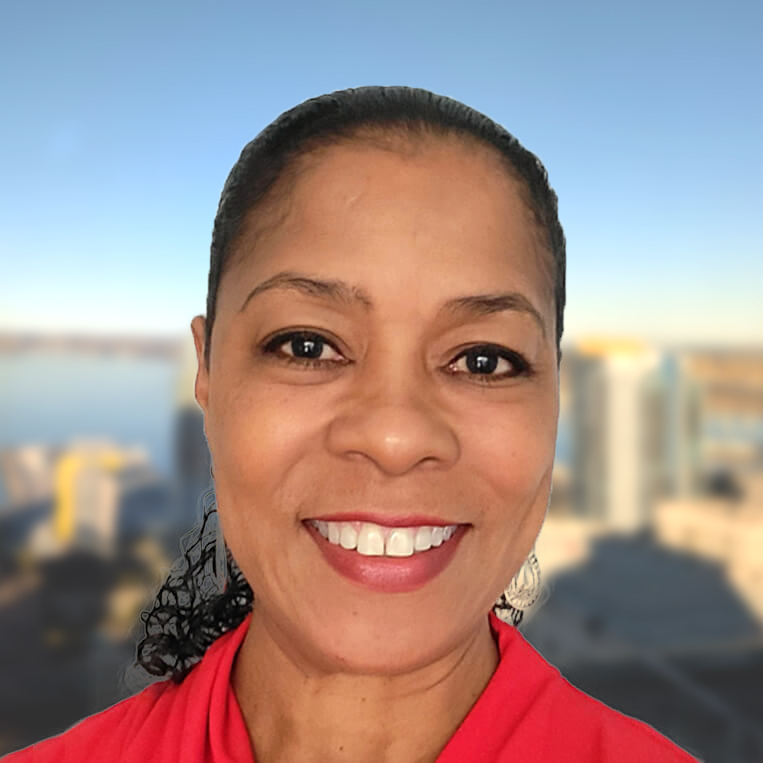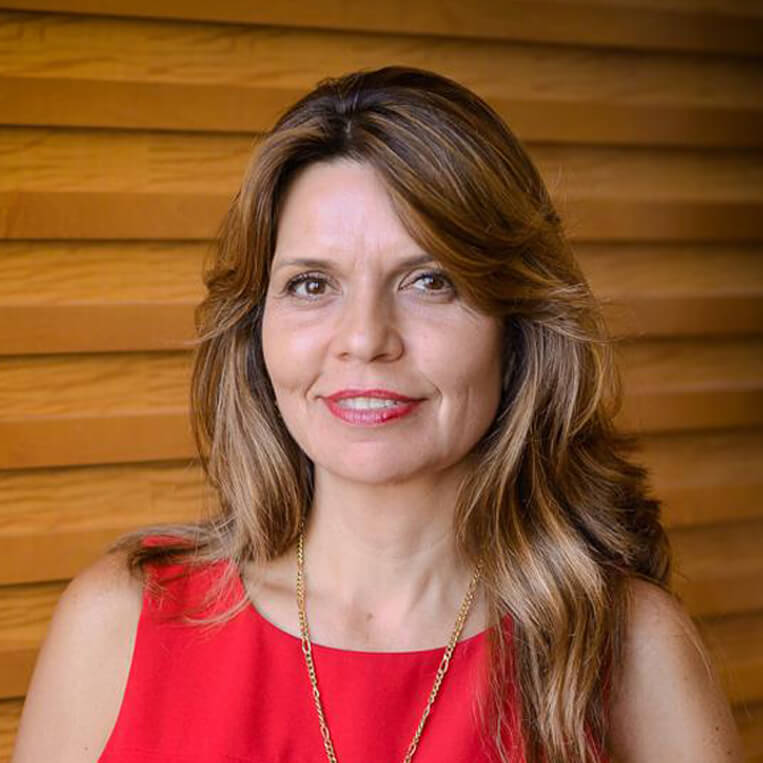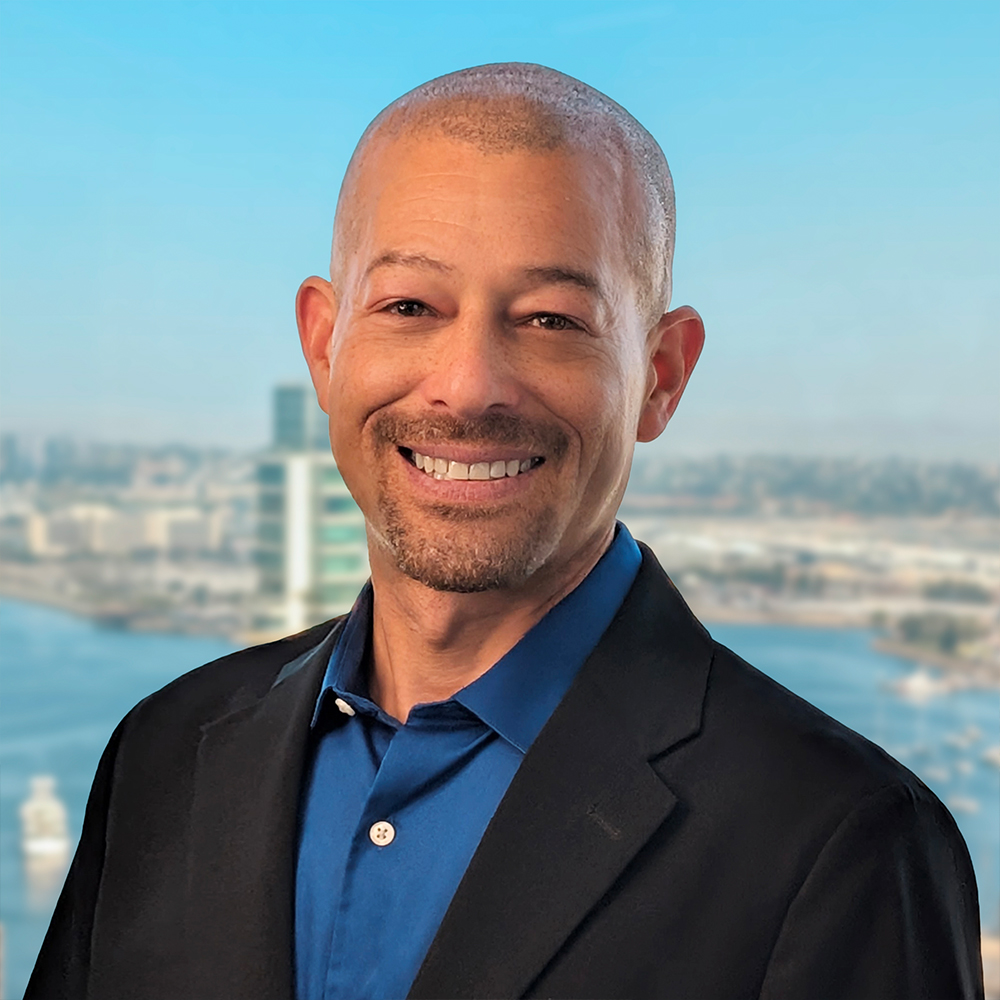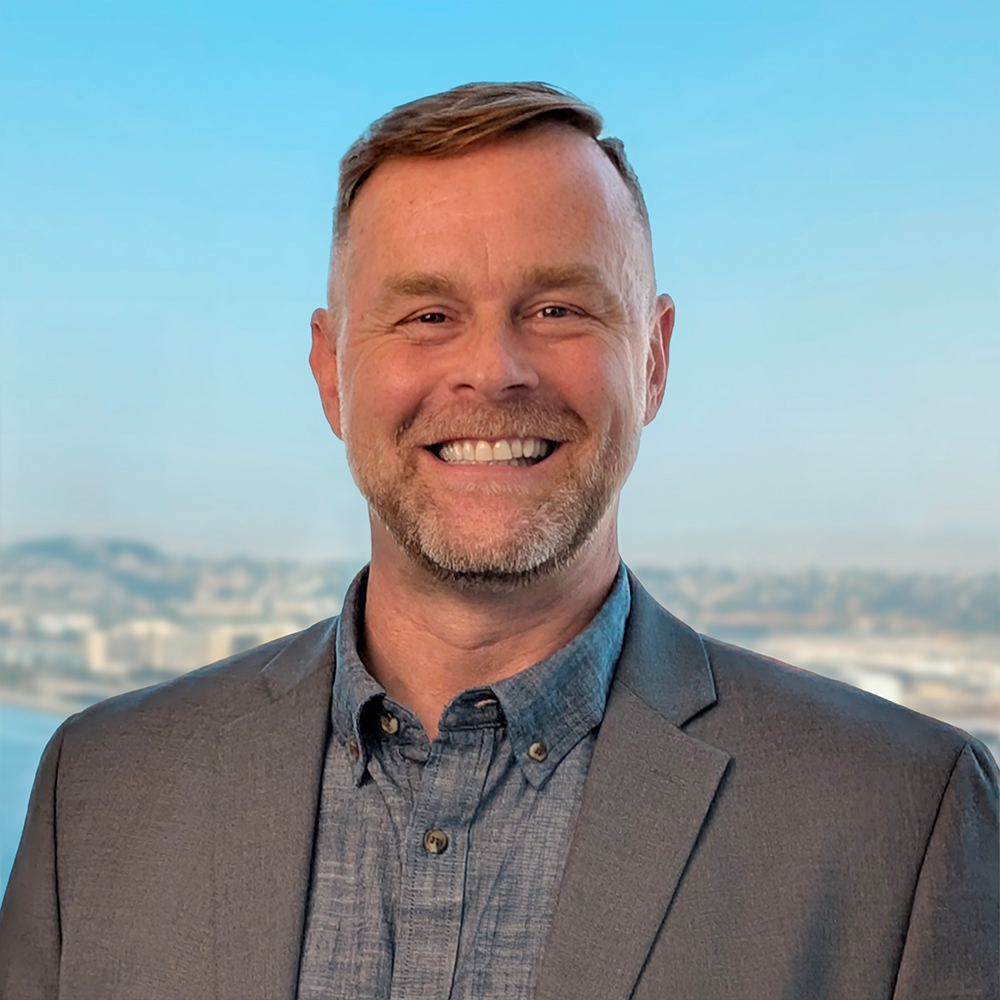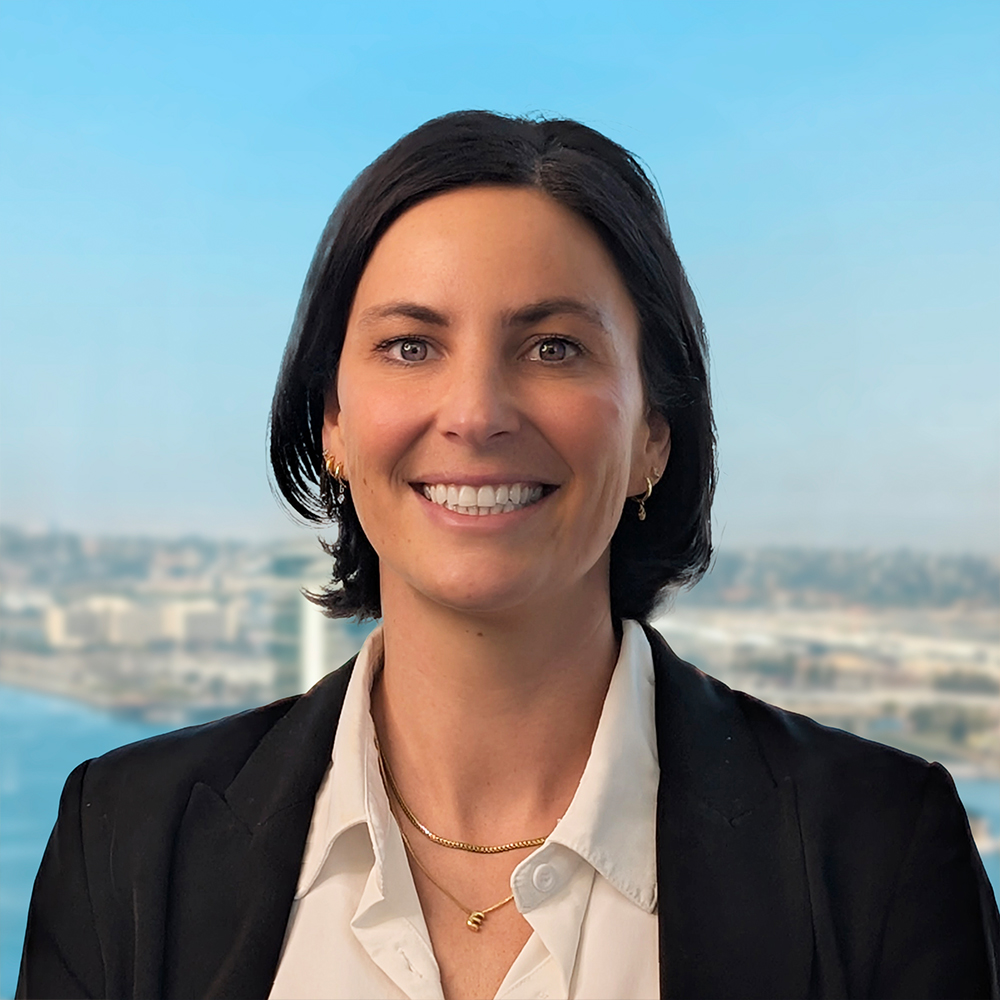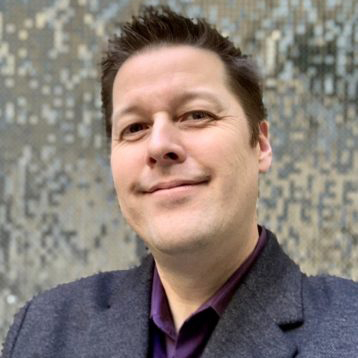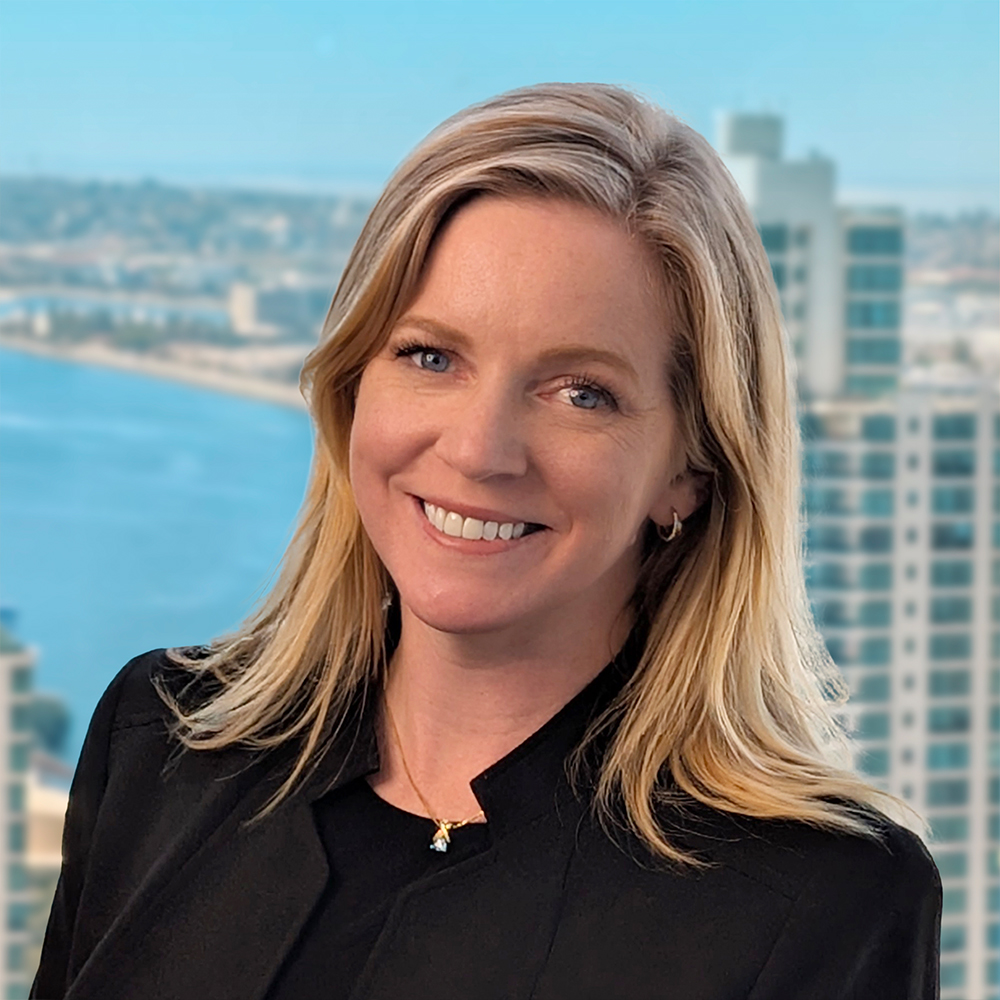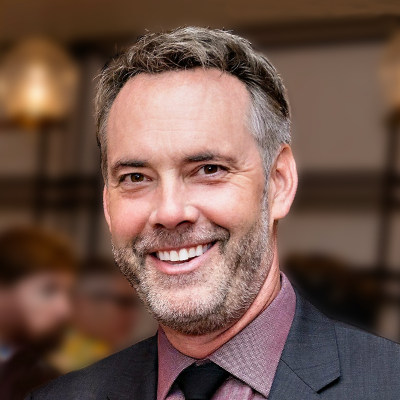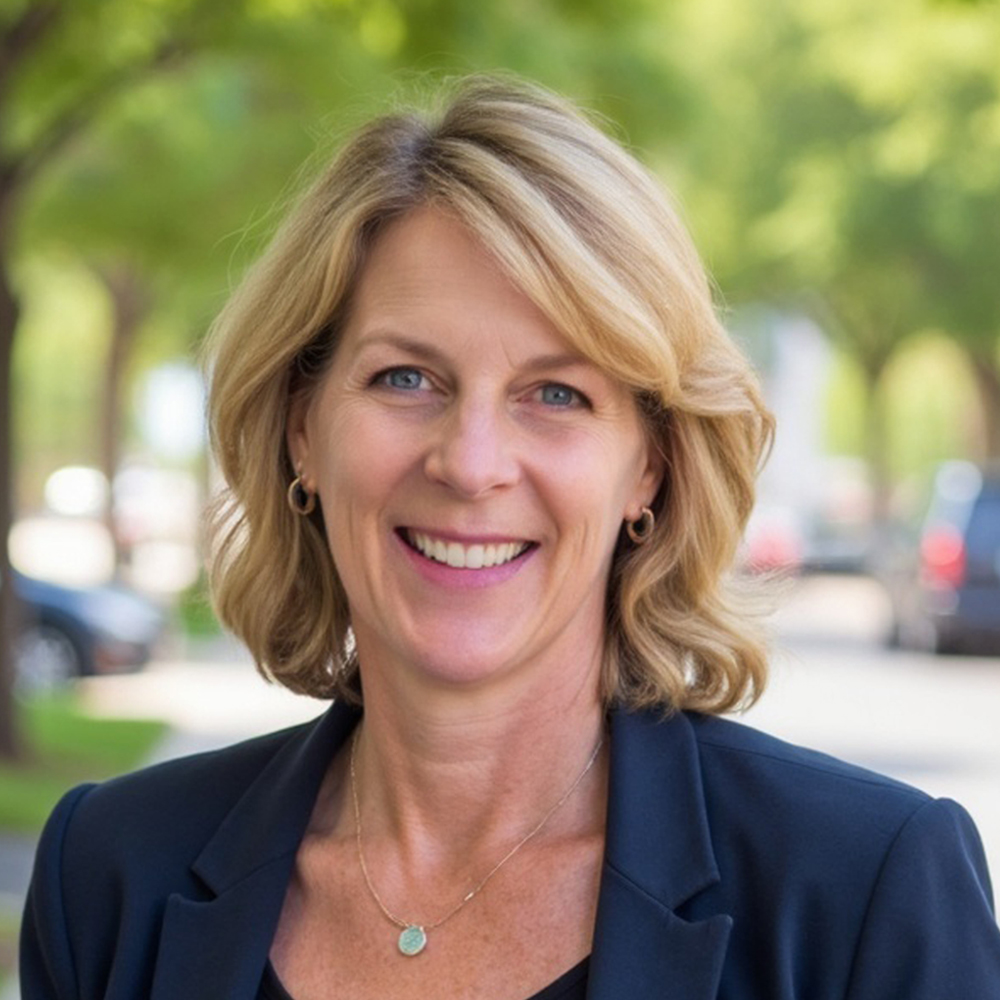The success of U.S. renewable energy projects is not determined in boardrooms but in town halls in small communities and neighborhoods across the country.
Why? Because every project is built in someone’s backyard. For those who live and work near renewable energy projects, the impact feels personal.
The solution? Meaningful, honest and ongoing community engagement for renewable energy projects. This is not to be confused with traditional community outreach. Projects succeed when developers invest in relationships with the people who will be affected. At its best, community engagement builds trust, reduces conflict and lays the foundation for a mutually beneficial partnership.
But What is the Right Approach for Success?
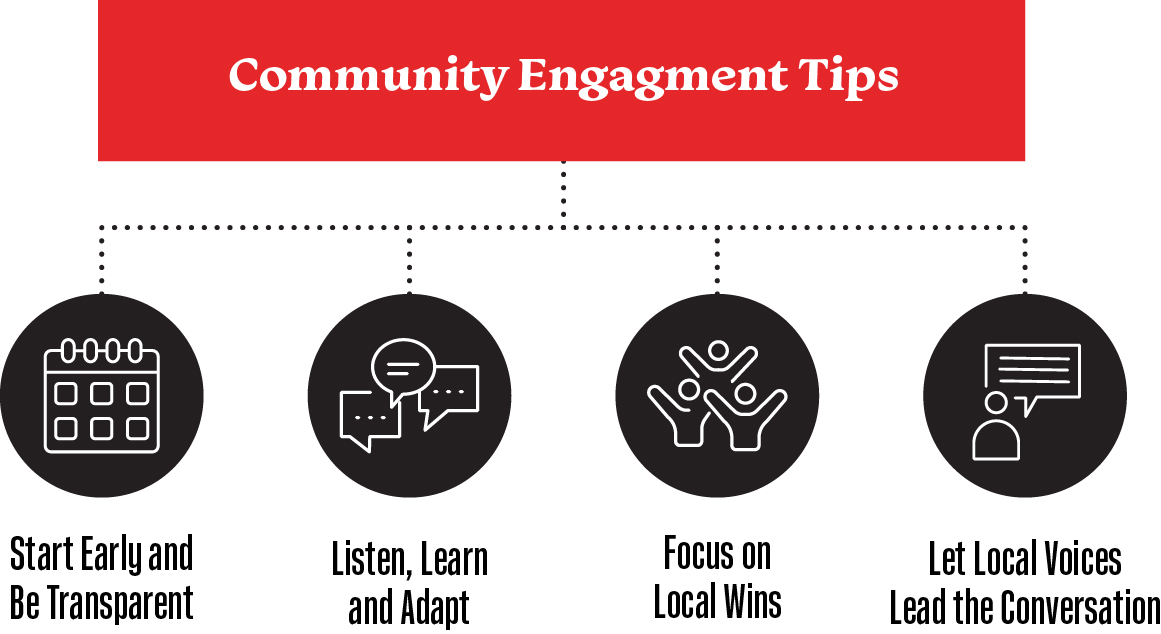
Start Early and Be Transparent
Engage the community as early as possible, ideally before critical decisions—such as site selection—are finalized. Too often, developers begin outreach after plans are already set in motion, leaving residents feeling excluded. By involving the community during early planning stages, you show that their input matters. This helps create opportunities and address potential concerns.
Transparency also means making information easily accessible to the public. A dedicated project website is one of the best tools for this, serving as a hub where people can find timelines, environmental studies, FAQs and opportunities to provide feedback.
Break down your key messages in ways that resonate with your audience.
Listen, Learn and Adapt
One of the most common mistakes developers make is assuming they know what matters most to the community. The truth is effective engagement starts with listening. Host open houses, group meetings, or informal coffee chats where community members can share their thoughts. Try to understand their values, concerns and priorities.
But listening isn’t enough – communities want to be part of the decision-making process. Community members want to see their input reflected in your plans. Even if you can’t address every concern, explaining why certain changes aren’t feasible—and demonstrating that you’ve carefully considered their views—goes a long way toward fostering goodwill.
Focus on Local Wins
It is essential to connect your project to the things that matter most locally. The more specifically developers can connect the benefits to local issues that people care about, the better. When residents can see direct, tangible benefits to their lives and their communities, opposition often softens, and support grows.
Beyond highlighting project benefits, consider investing in community engagement programs that address local needs or priorities. People are more likely to support a renewable energy project when they see it as a force for good in their town—improving livelihoods, supporting education and enhancing local infrastructure. By connecting the project’s goals to the things residents care about most, you can shift the narrative from resistance to partnership.
Let Local Voices Lead the Conversation
People trust those they know. Instead of trying to convince your community, invite local experts and advocates to help shape the narrative. By partnering with community leaders and stakeholders, you’re not just addressing concerns—you’re empowering the community to participate in the conversation.
If community members are worried about wildfire risks near the project, let the local fire chief explain the strategies and safeguards that will be in place. If preserving farmland is a concern, ask local farmers who support the project to speak about why they’ve partnered with you and how the project aligns with their long-term goals. Community engagement for renewable energy projects is a collaborative process that not only builds support but also reinforces your commitment to being a good neighbor.
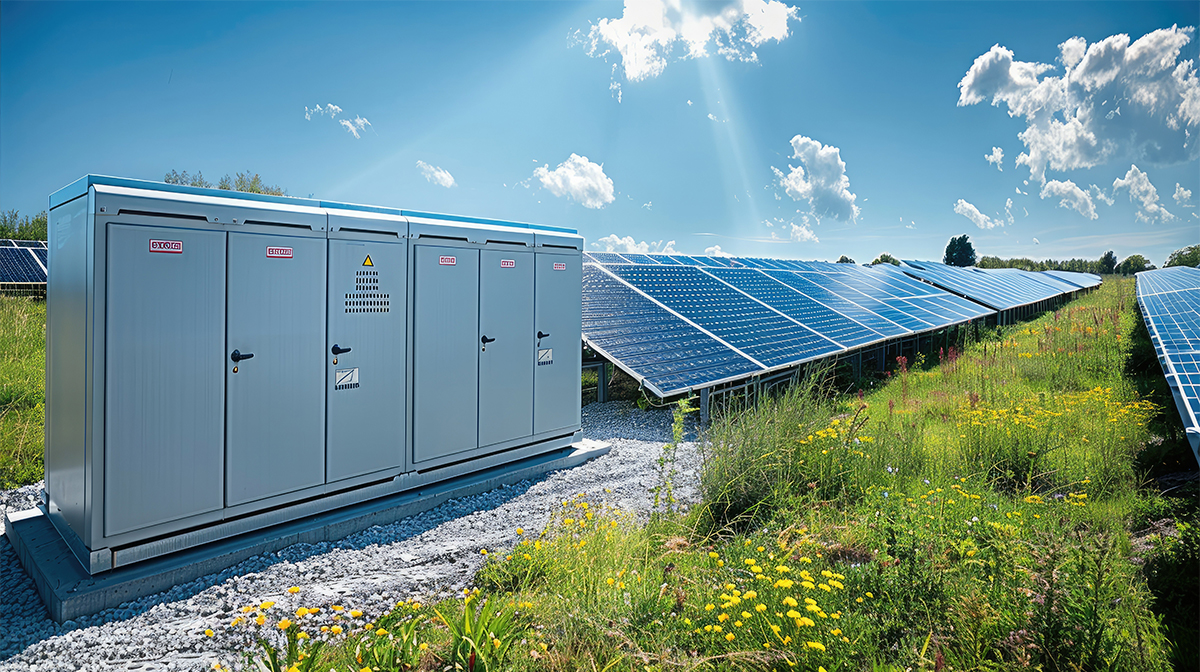
Engagement is a Marathon, Not a Sprint
Engagement doesn’t end at permitting. The most successful developers treat it as an ongoing commitment, maintaining open communication throughout construction, operation and even decommissioning. Simple gestures, like sharing regular updates, hosting site tours, or participating in local events, show that you’re invested in the community for the long haul.
Community engagement for renewable energy projects isn’t about avoiding opposition—it’s about building partnerships. When people feel respected, informed and included, they’re more likely to embrace renewable energy projects as a positive force in their community.
Author Andrea Saxenhofer is a Senior Communications Strategist at (W)right On Communications. Need help navigating the complexities of community engagement? We can help! Call us at (858) 886-7900 or email info@wrightoncomm.com.




